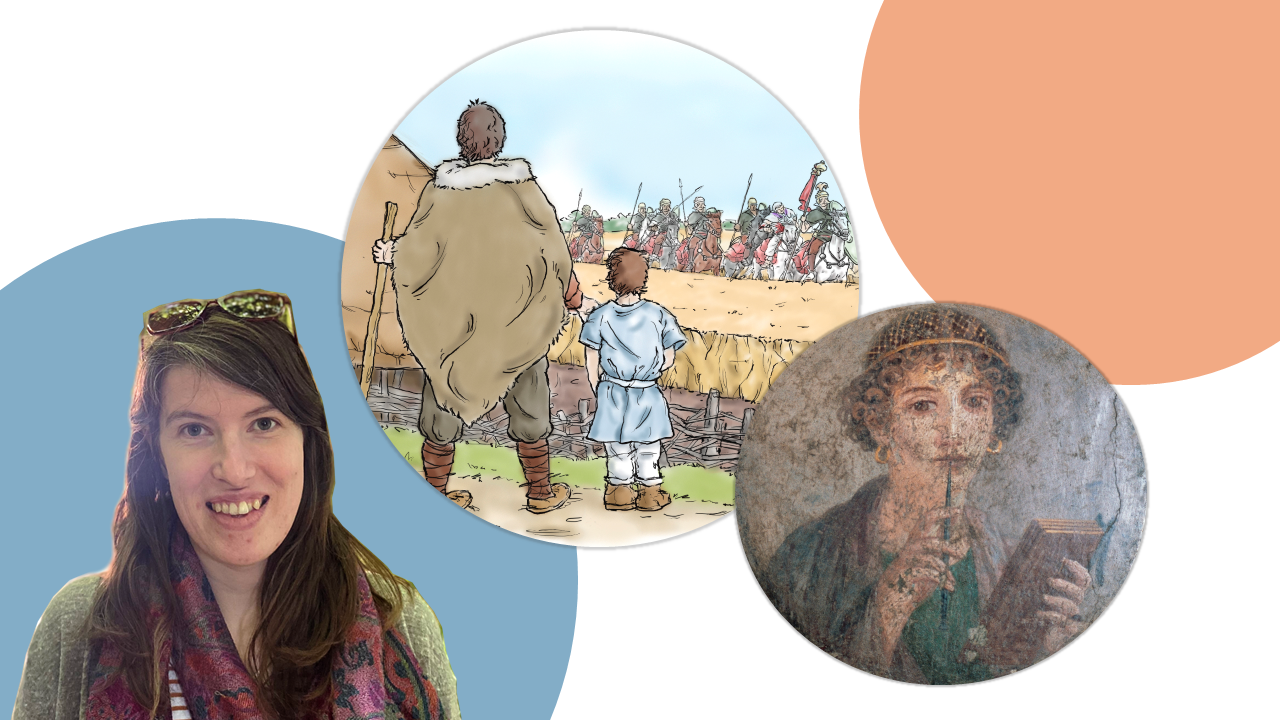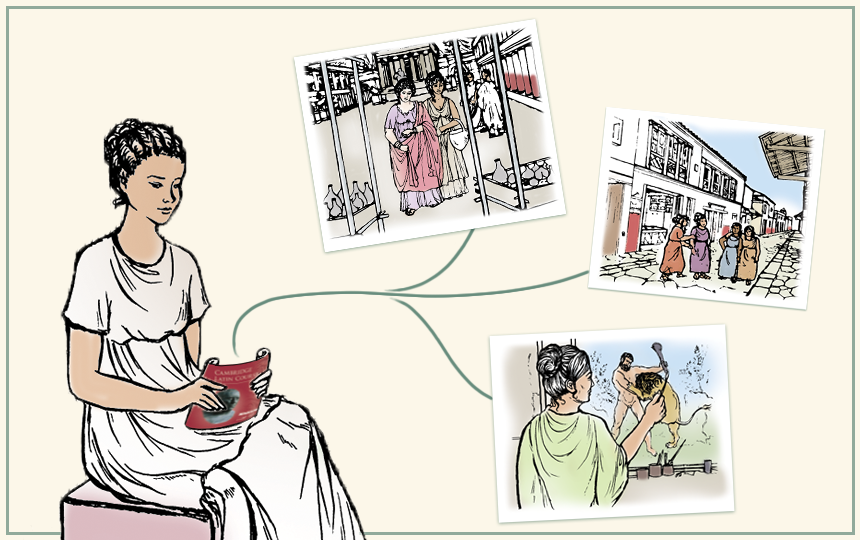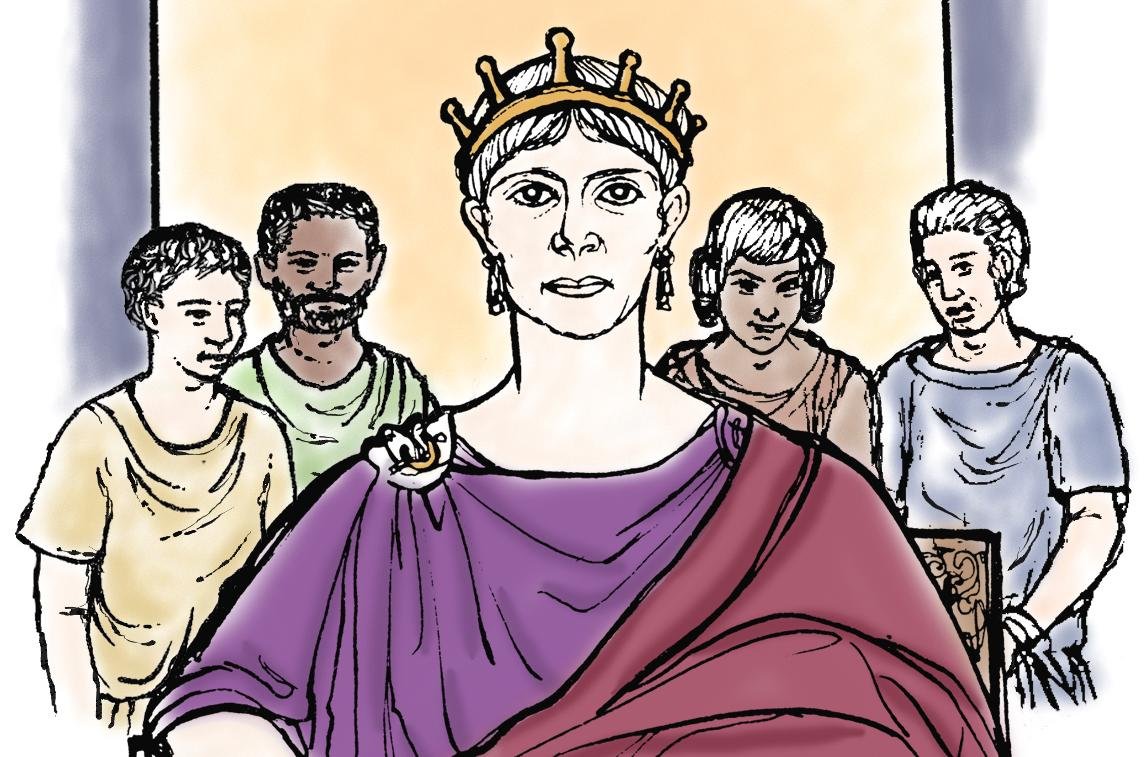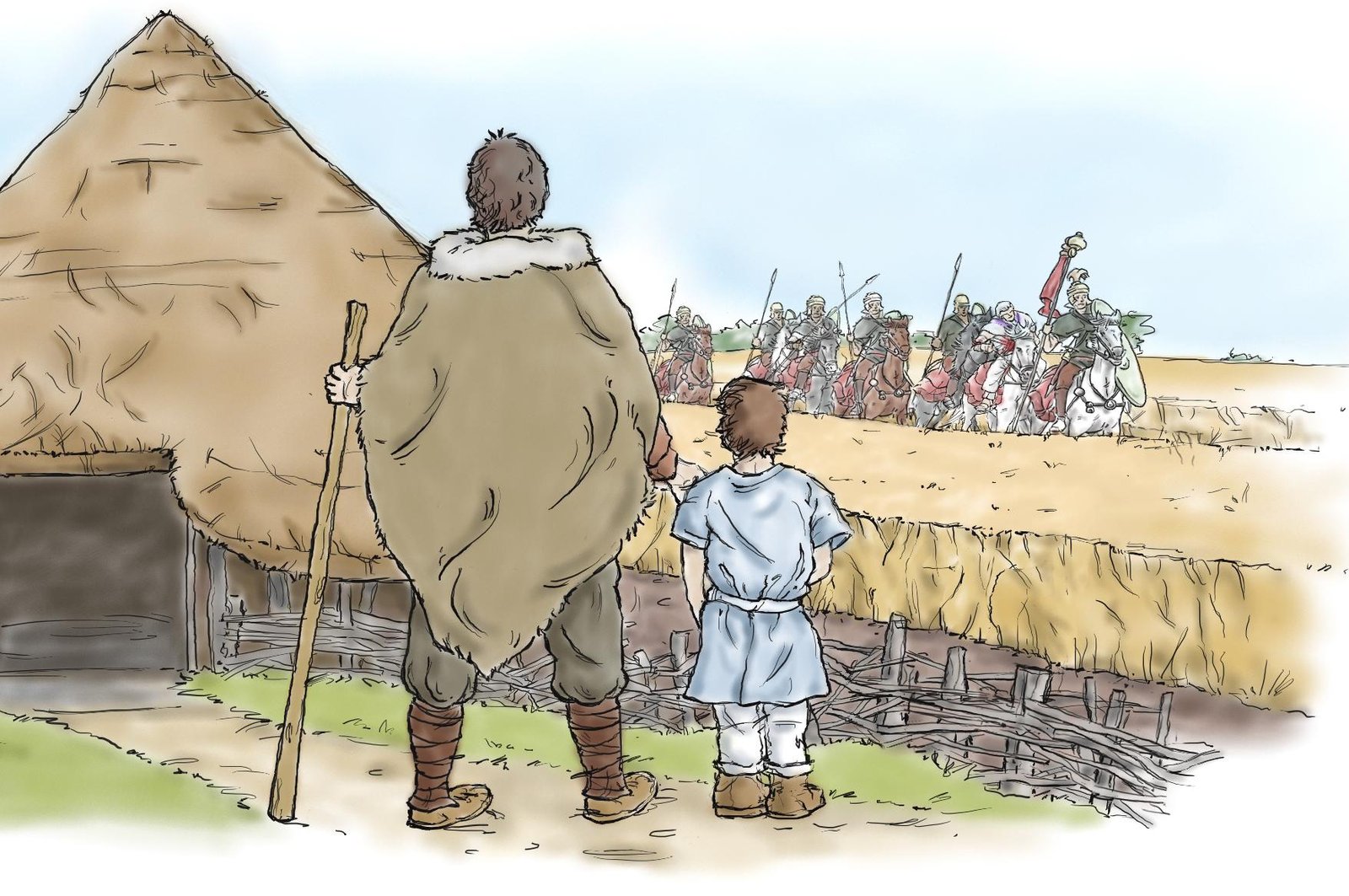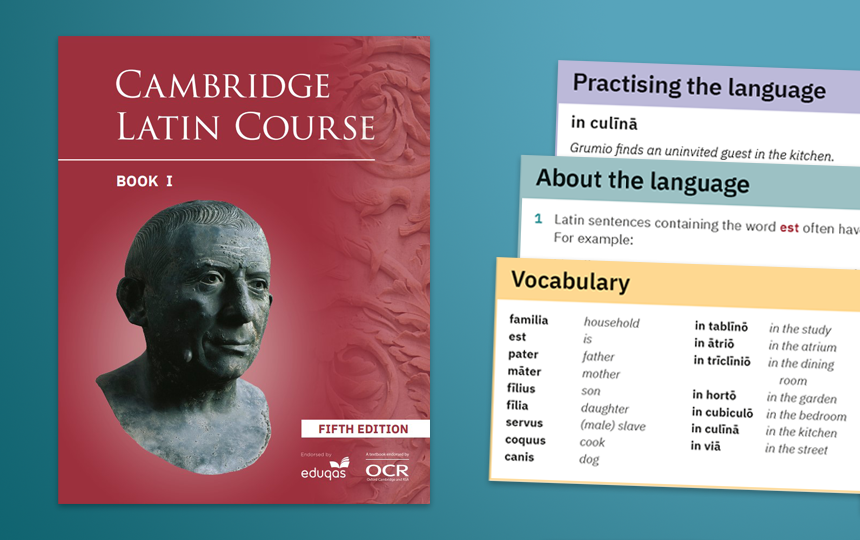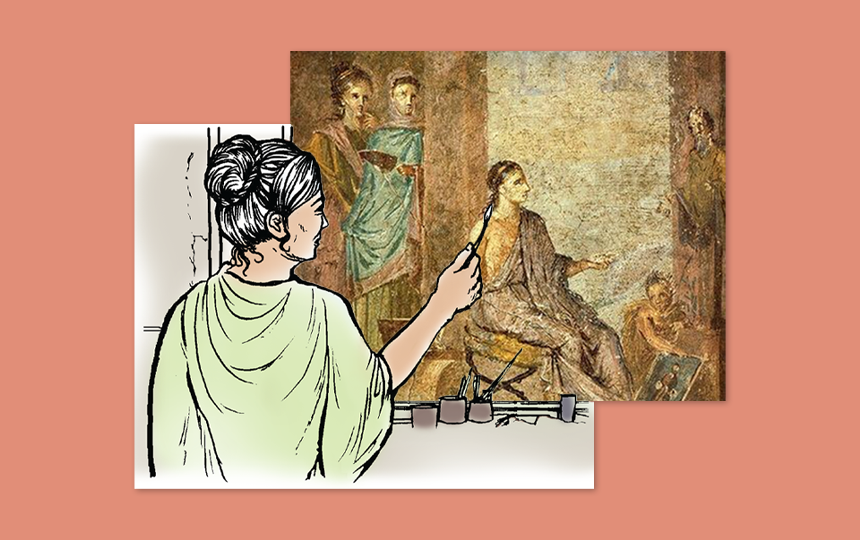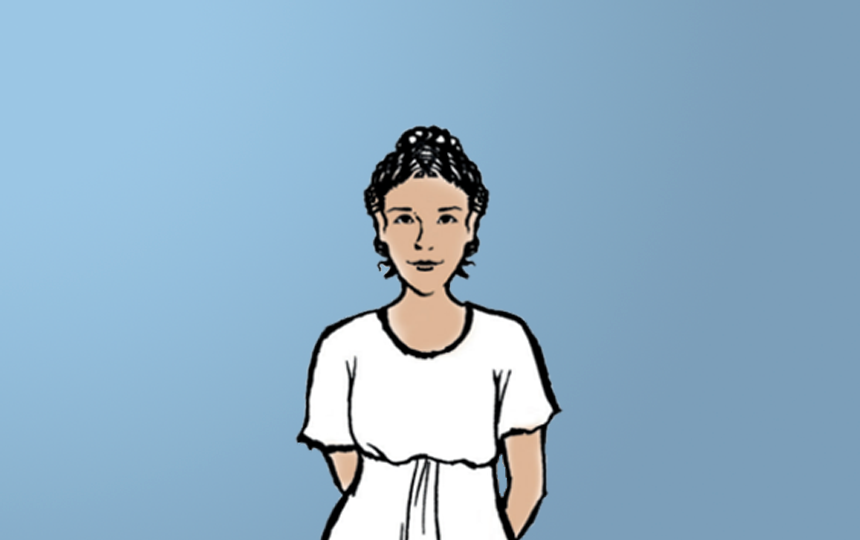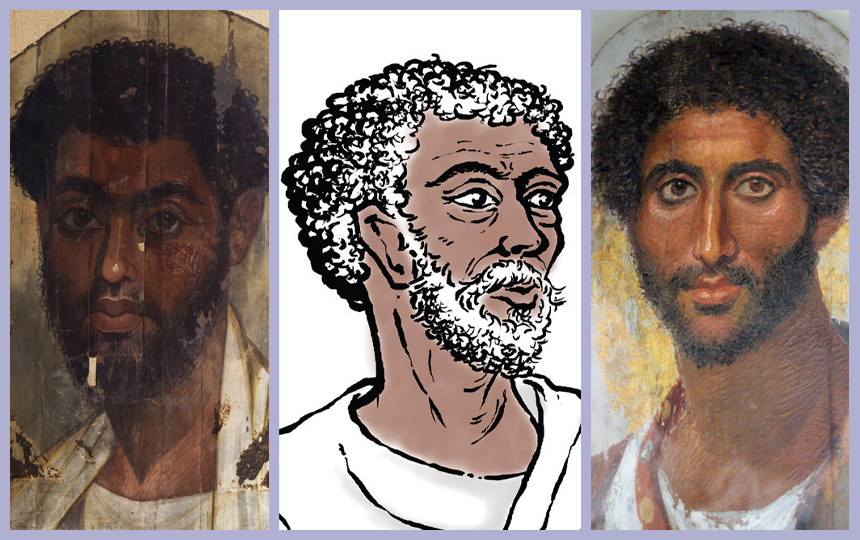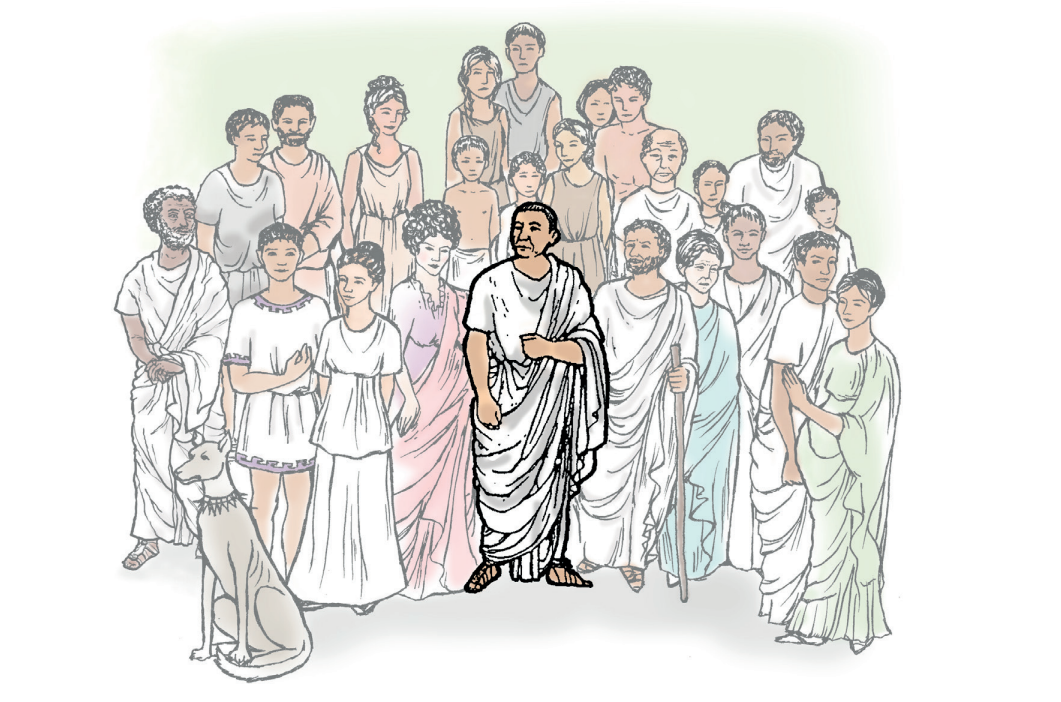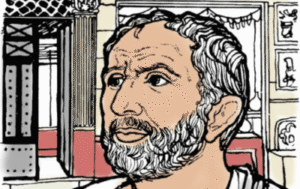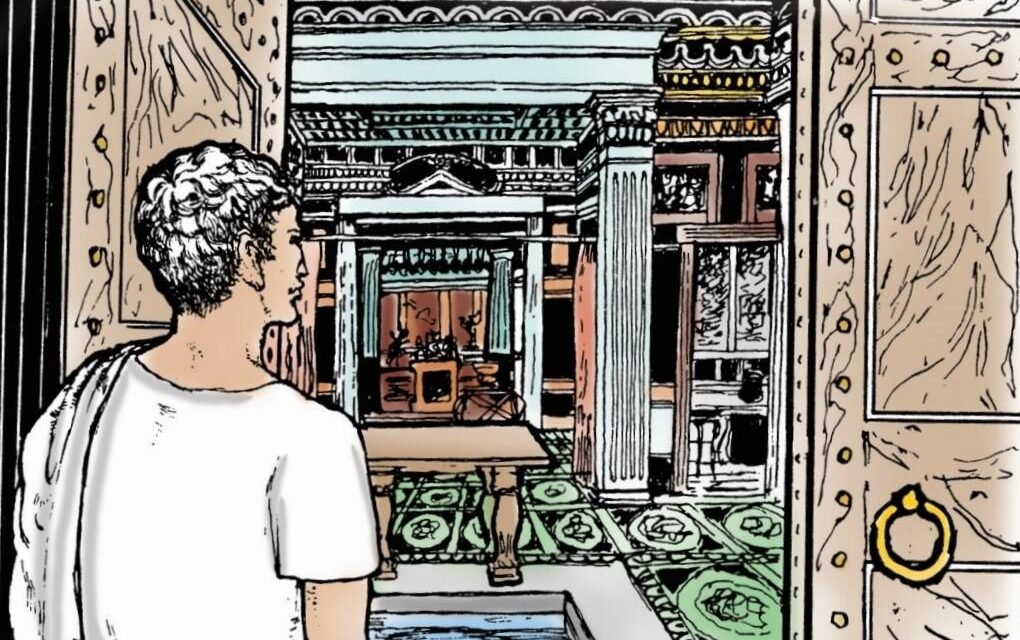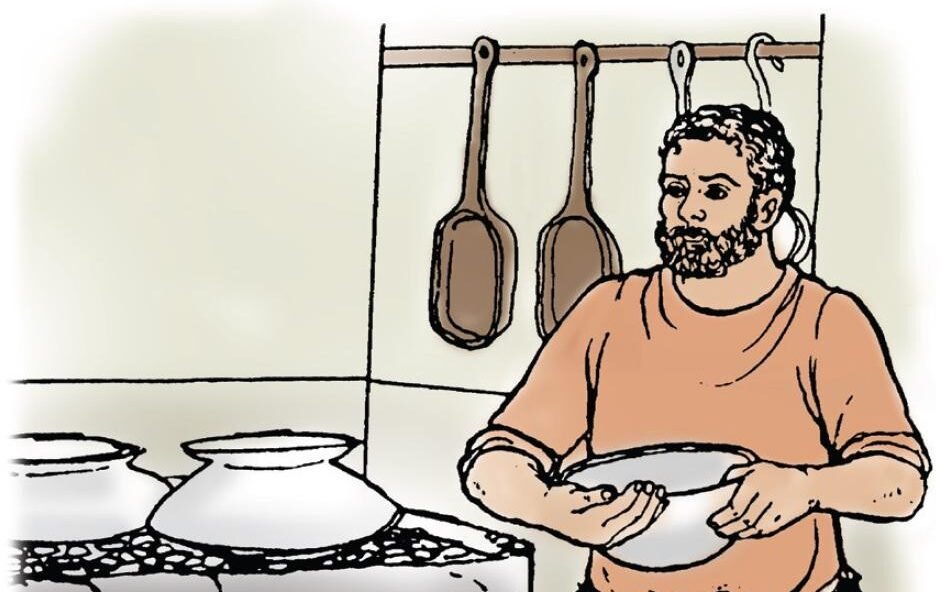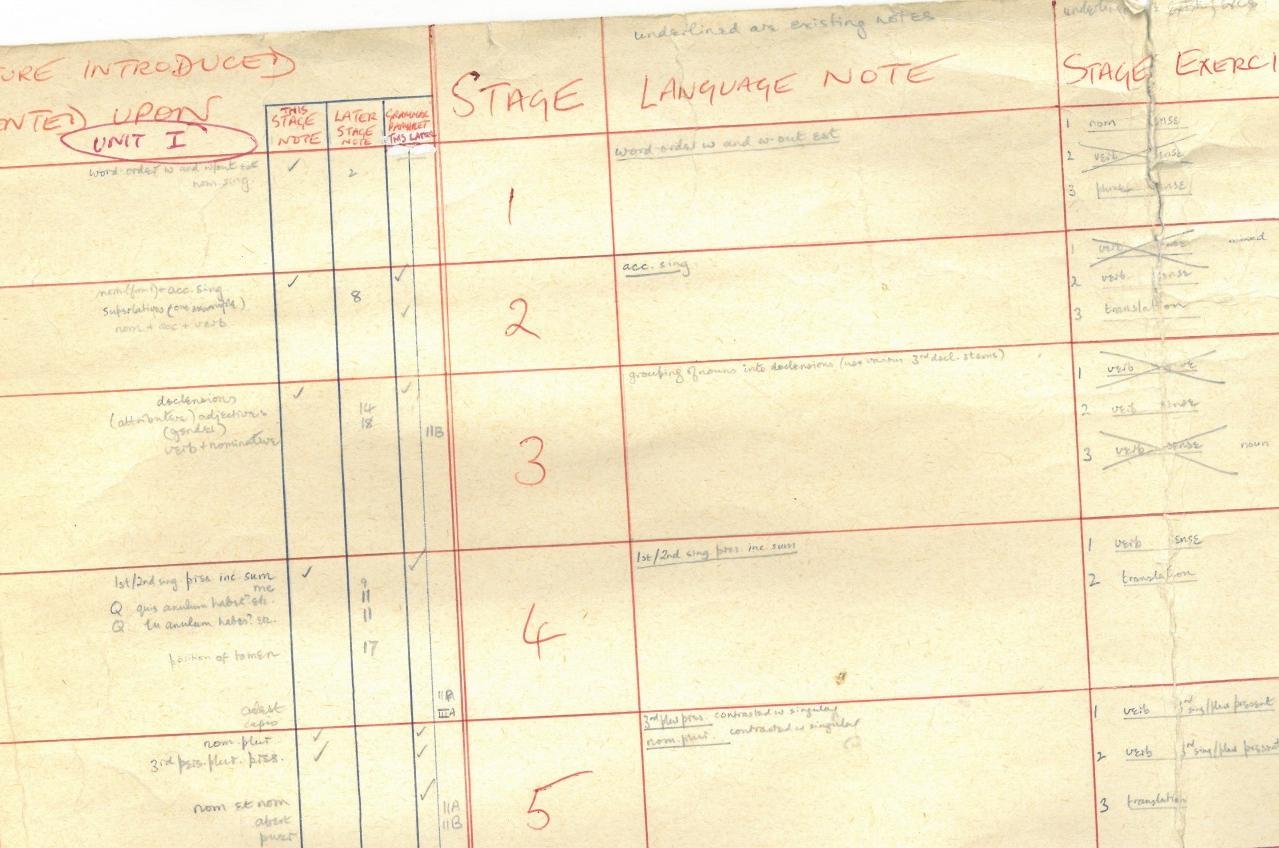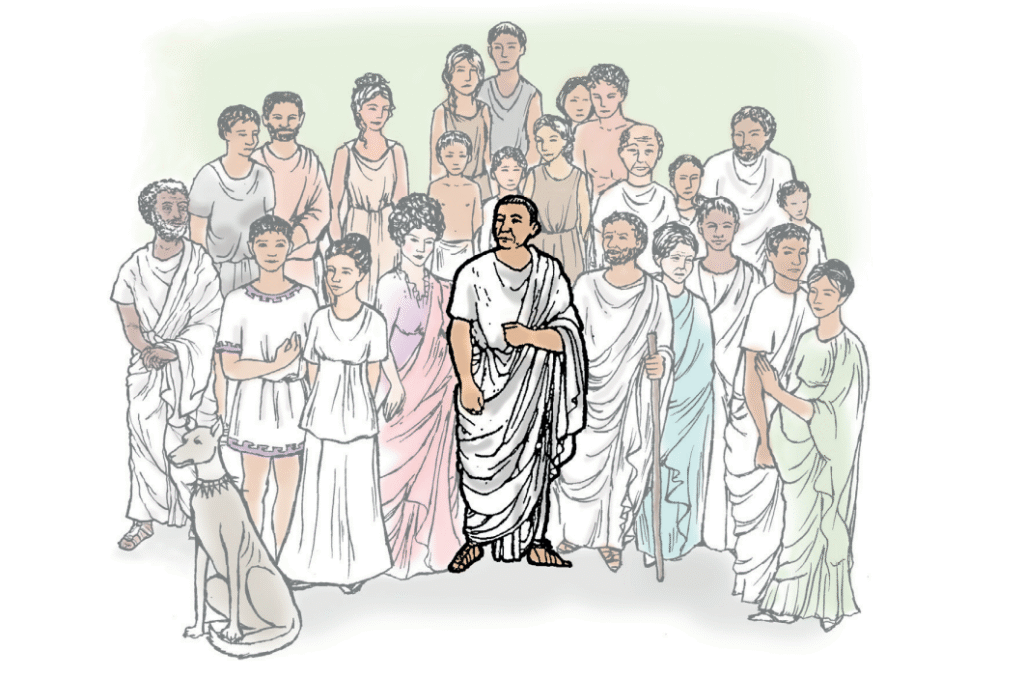
To celebrate the fifth edition of the UK and International version of the Cambridge Latin Course, this series explores the history of the textbook and looks towards to its future. Featuring reflection pieces from our teaching community and interviews with some of the writers, friends and Directors who have shaped it, we reflect on why the CLC has been so unique and well-loved to date. The series will also be the place to learn about where the Cambridge Latin Course goes from here, from the research that shaped its approach to representation and diversity, to the new language features, characters, storylines and scholarship you will meet in its pages.
-
Speaking of History Pedagogy: In Conversation with Lottie Mortimer
Last year CSCP’s Caroline Musgrove met with Lottie Mortimer to chat about history pedagogy for the Classics classroom and Lottie’s work on…
-
Teaching the 5th Edition: Reflections of a Latin teacher
How is the new edition of the Cambridge Latin Course being received by students in the Latin classroom? In this post, Joanna Johnson, Head…
-
On Sensitivity Reading: the what, how, and why
What is a sensitivity reading, and how is it done? In this post, Pria Jackson reflects on her EDI work for the…
-
First impressions of the new Book II
From accessible cultural background sections to more human stories, Elizabeth Hayes, Curriculum Lead Tutor at the University of Sussex, shares some first impressions of the…
-
Success in language acquisition (and GCSEs)
In this post, Director Caroline Bristow explores how the CLC’s carefully constructed linguistic plan has been adapted to respond to ever tighter…
-
Working women – Clara
The artifex Clara will replace Celer in the new Cambridge Latin Course. In this post, Director Caroline Bristow describes the research that shaped Clara’s…
-
It’s a girl! – Lucia
The household of Caecilius has gained a daughter in the new UK and International edition of the Cambridge Latin Course. In this…
-
Old friends – Barbillus
The character Barbillus has made his way to Book I in the new UK and International edition. In this post, Director Caroline…
-
The story’s the thing…
From Quintus’ little sister to the introduction of Barbillus as amīcus in Book I, there’s lots to look forward to in the new edition. In…
-
In conversation with Caecilius, Metella and Grumio
If you’ve ever used the Cambridge Latin Course eLearning DVD, chances are the faces of Tim Clark, Clare-Marie Roxby and Ed Noy-Scott…
-
dē nōminibus
What’s in a name? As part of our series CLC: Past and Present, Anna Barker considers some discussions we could have in the classroom on…
-
dē Virgiliō
Can the CLC be read as an epic? In this post, part of our CLC: Past and Present series, Anna Barker finds some Virgilian echoes in…
-
dē tempore
As part of our series CLC: Past and Present, Anna Barker reflects on the nature of the CLC as a continuous narrative which students follow…
-
Reflections on the Cambridge Latin Course
As part of our series on the CLC: Past and Present, Anna Karsten reflects on the role her father, David Karsten, played in the early…

